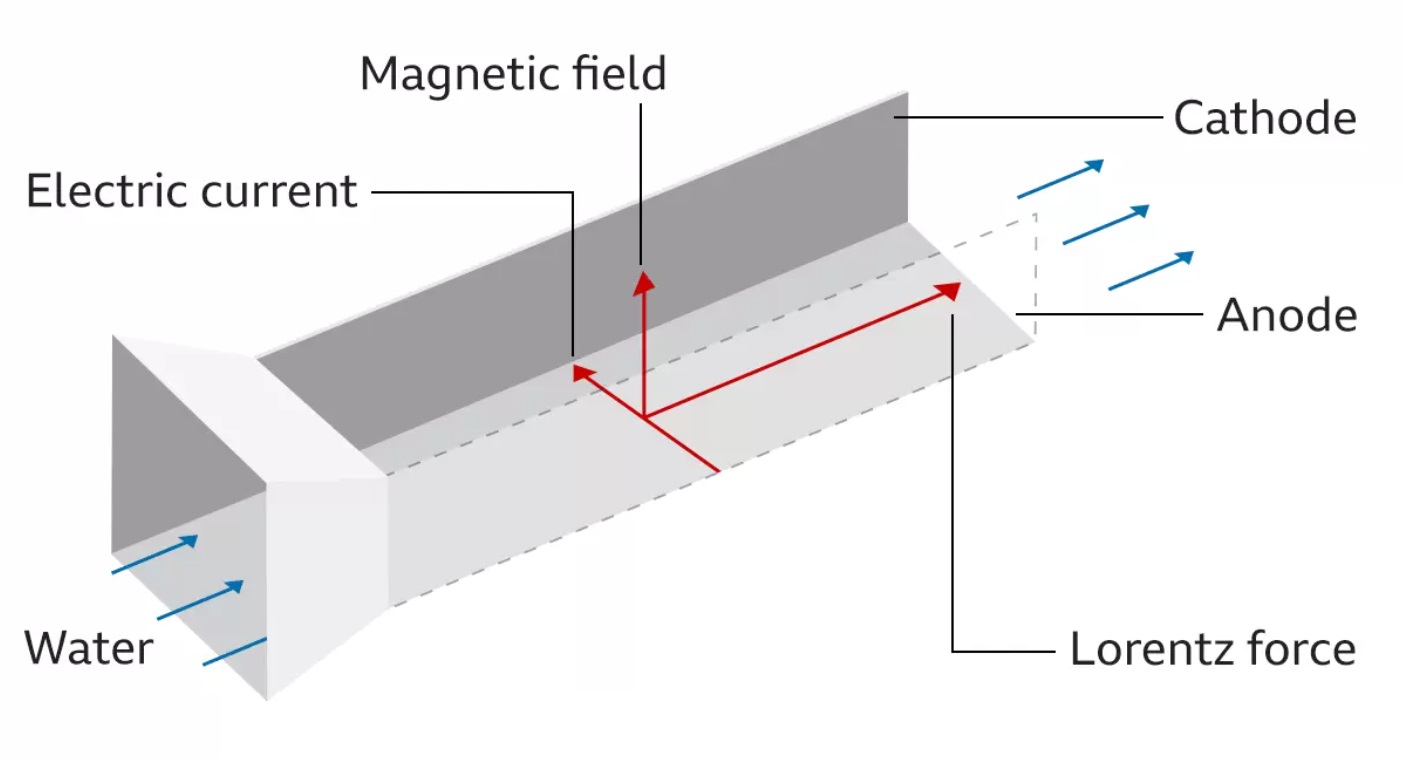
MP Materials begins manufacturing rare earth magnets, including Neodymium magnets, in the U.S. This marks a significant step for the domestic production of permanent magnets, crucial for industries like EVs and defense. Despite challenges, this move aims to reduce reliance on Chinese imports.













